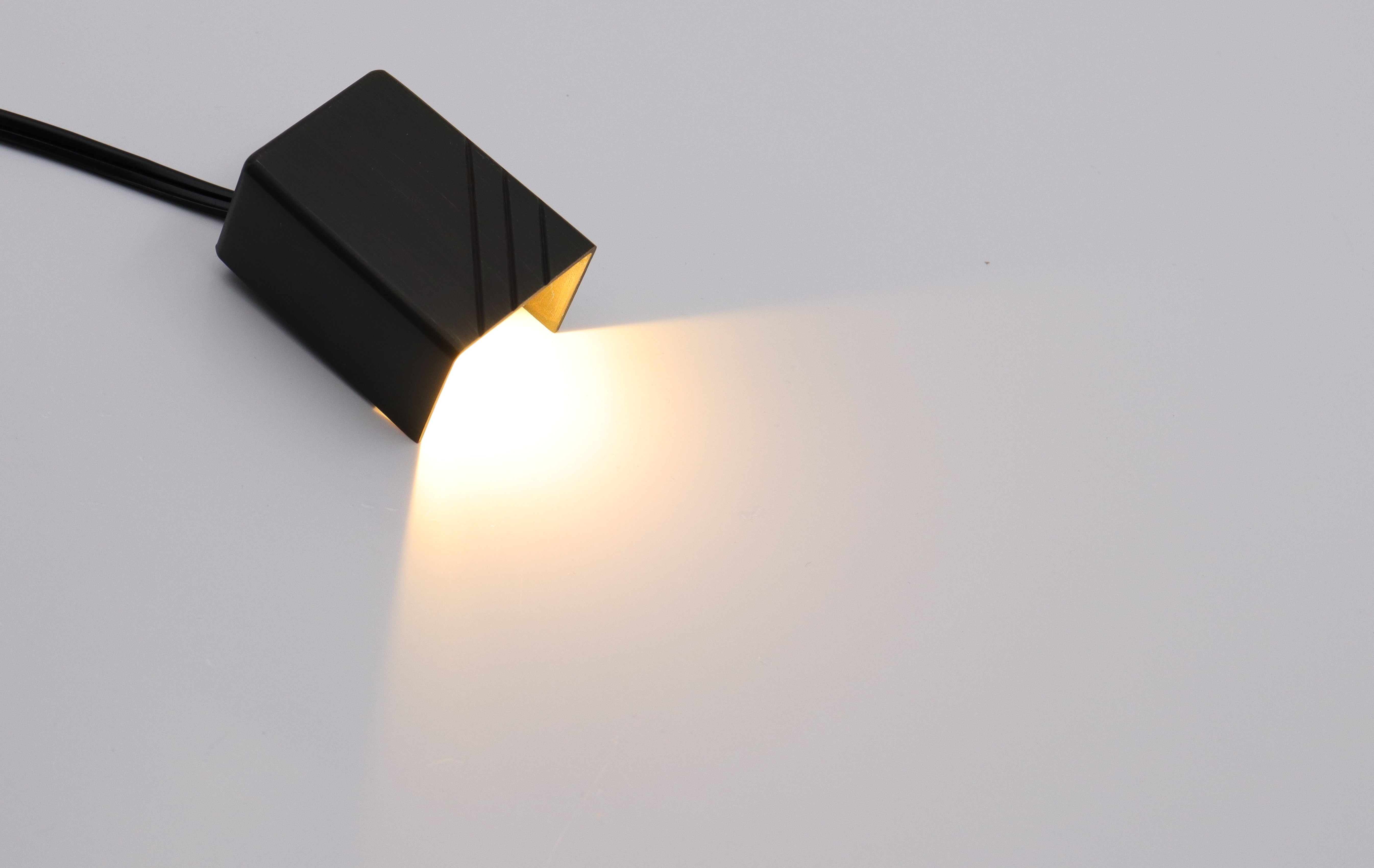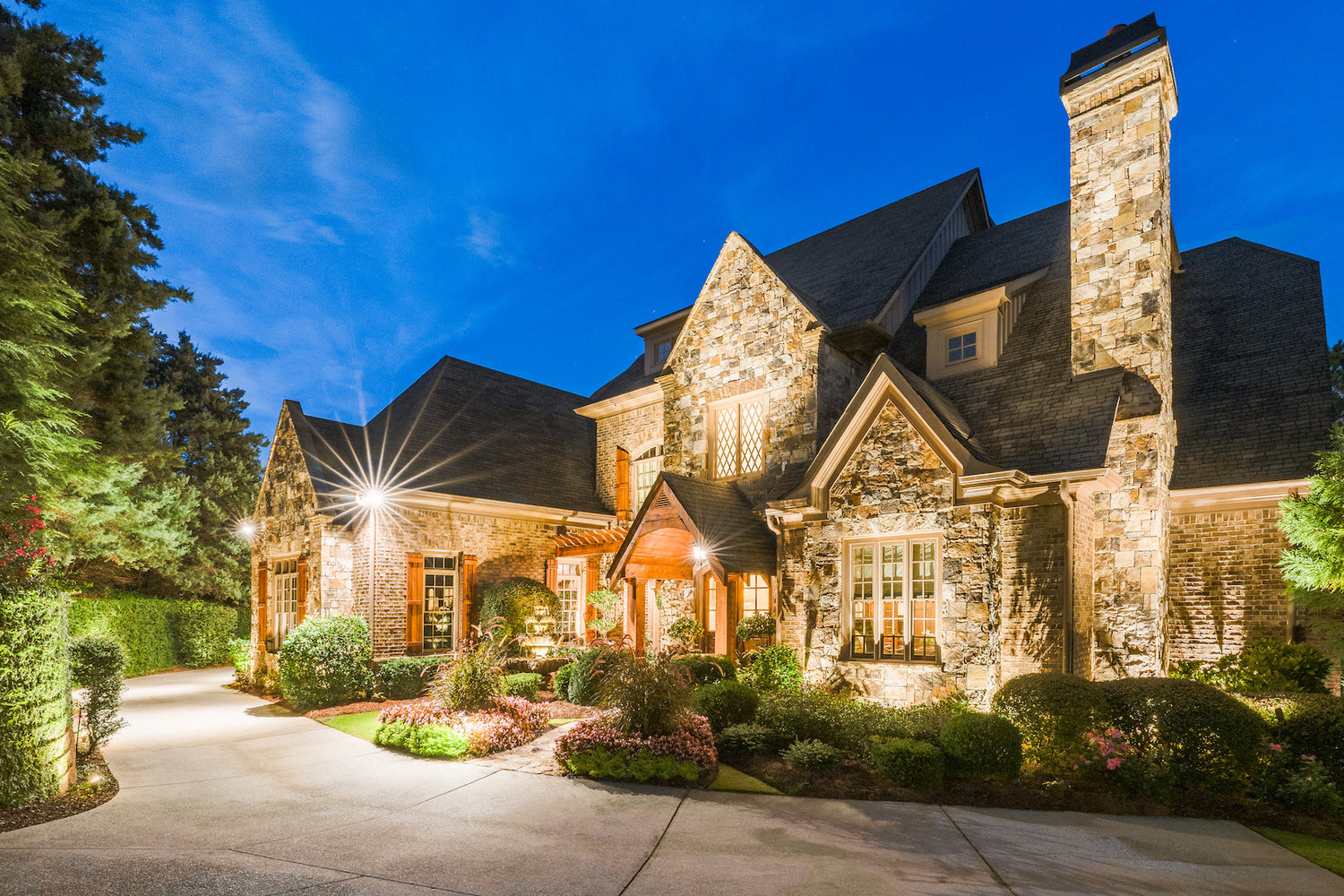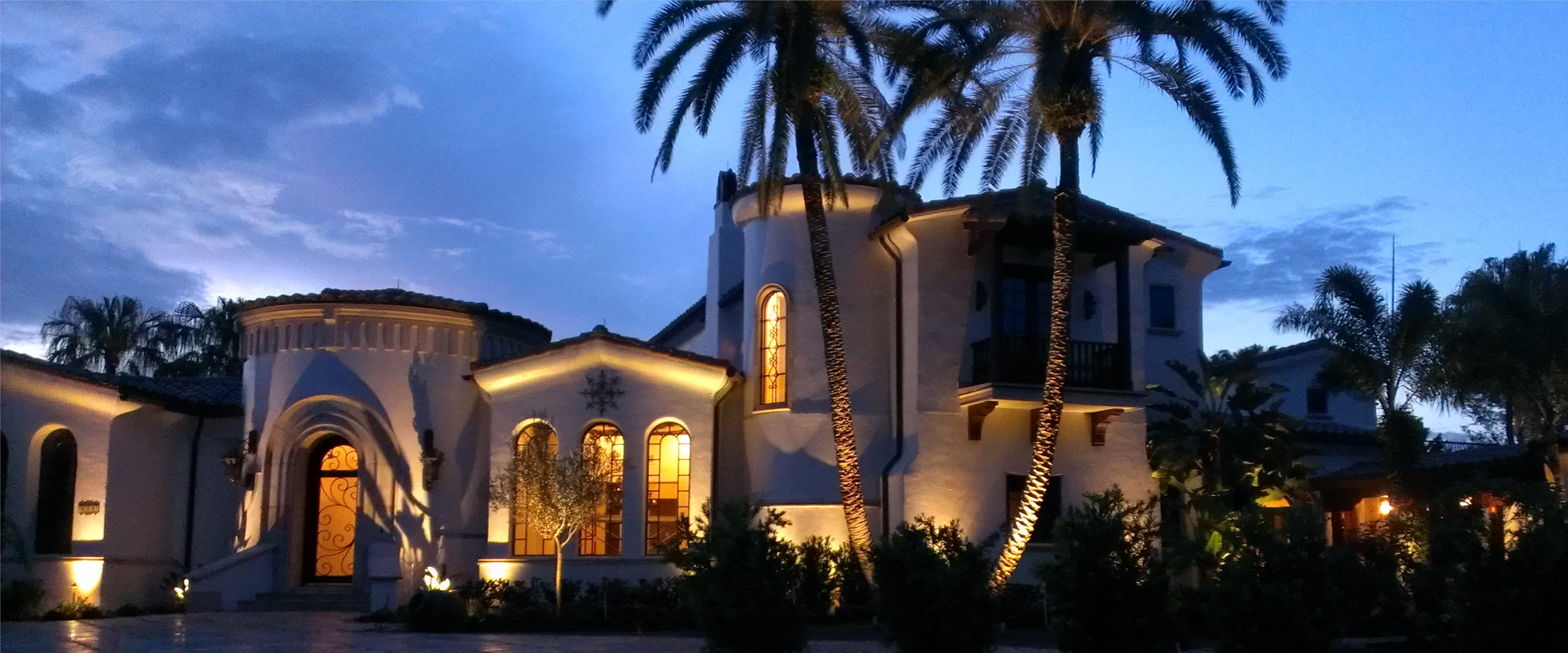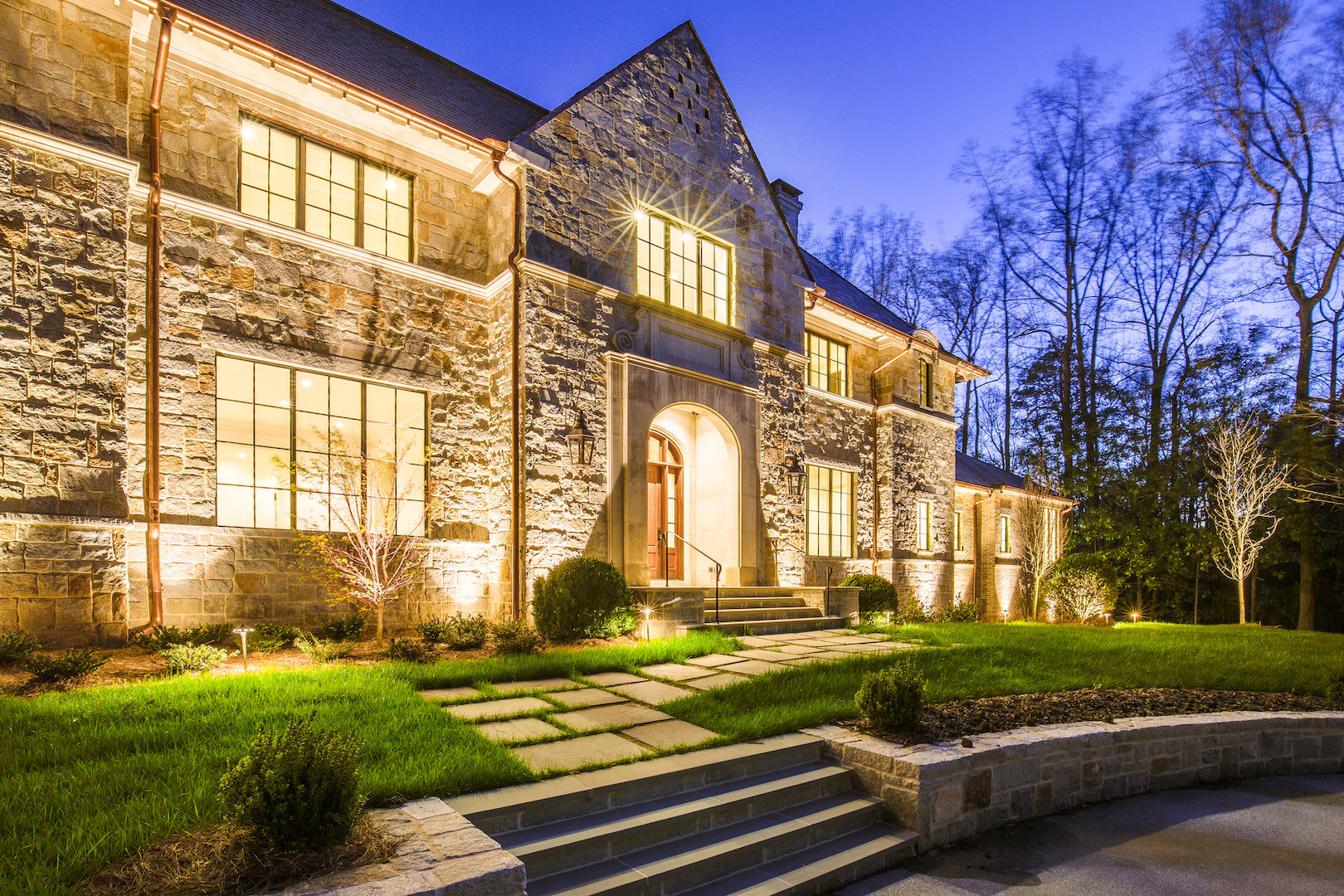Introduction
Outdoor lighting serves as a vital element in both residential and commercial settings, enhancing aesthetics while bolstering safety and security. Despite its importance, many individuals commit critical errors during the installation and maintenance phases of outdoor lighting. These missteps can escalate energy costs, diminish the longevity of lighting fixtures, and even pose safety risks. In this in-depth guide, we'll dissect the most prevalent outdoor lighting mistakes and provide expert solutions to circumvent them.
Mistake 1: The Overlighting Dilemma
The widespread issue of overlighting originates from the false belief that more light equates to enhanced safety and visibility. This misconception can lead to a host of problems. Excessive lighting can produce glare, which hampers rather than aids vision. It can also wash out the ambiance of your outdoor space, eradicating its aesthetic charm. Additionally, overlighting is a notorious energy guzzler, inflating your electricity bills.
The Solution: To counter overlighting, meticulous planning is imperative. Begin by pinpointing the essential areas needing illumination for safety or functionality. Opt for energy-efficient LED bulbs, which outperform traditional incandescent or halogen bulbs in both energy consumption and lifespan. For a comprehensive guide on selecting the right brightness levels for your outdoor lighting, visit Outdoor Lighting Brightness Guide. Installing dimmer switches grants you control over light intensity, adaptable to various needs and times. Moreover, timers or smart lighting systems can automate the lighting schedule, conserving energy effectively.
Mistake 2: Neglecting Color Temperature
Many individuals neglect the color temperature of their outdoor bulbs, often choosing cool white bulbs under the pretense of better visibility. This choice, however, can render your outdoor space sterile and uninviting—detrimental if you aim to foster a cozy environment for social events.
The Solution: Selecting the appropriate color temperature can revolutionize the ambiance of your outdoor area. Warm white bulbs, ranging from 2700K to 3000K, are perfect for crafting a cozy and welcoming atmosphere. For task-oriented areas like pathways or workspaces, neutral white bulbs ranging from 3500K to 4100K offer crisp visibility without appearing harsh.
Mistake 3: Inadequate Fixture Placement
Poor fixture placement can spawn a myriad of issues, from inconsistent lighting to hazardous dark spots and glare. For instance, a light placed too low can cast elongated shadows, complicating navigation.
The Solution: The remedy lies in strategic planning and a diversified approach to fixture placement. Employ a mix of lighting types— spotlights for feature highlighting, floodlights for general lighting, and path lights for walkways. This ensures balanced illumination across different zones. Consider fixture height and angle to create a layered lighting effect, adding depth to your outdoor space. Proper angling can also mitigate shadows and glare.
You may also want to read: What are the Pros and Cons of Low Voltage Landscape Lighting?
Mistake 4: Lax Maintenance
Outdoor lighting fixtures are susceptible to environmental elements like rain, snow, and dust. Neglecting maintenance can drastically impair the system's performance and durability, leading to long-term cost implications.
The Solution: Regular maintenance is non-negotiable for the longevity and efficacy of your outdoor lighting. This involves cleaning fixtures to remove grime and replacing dim or burnt-out bulbs. Periodic inspections for wear and tear, such as frayed wires or corroded parts, are crucial. Address these promptly to avert potential hazards.

Mistake 5: Misusing Indoor Fixtures
Utilizing indoor lighting fixtures outdoors is a grave error that poses substantial safety risks, as these are not engineered to withstand outdoor conditions.
The Solution: Always opt for fixtures specifically designed for outdoor use, featuring weather-resistant attributes and a high IP rating for protection against environmental elements.
Related: What Causes Landscape Lights to Flicker?
Mistake 6: Overlooking Security
In the pursuit of aesthetics, security considerations often take a backseat. Poorly lit areas can become havens for intruders.
The Solution: Incorporate security features like motion sensor lights at strategic points—entrances, pathways, and dark corners. These lights activate upon detecting movement, serving as an effective deterrent. They are also energy-efficient, activating only when necessary.
Conclusion
By addressing these commonly overlooked elements, you can devise an outdoor lighting strategy that harmoniously blends aesthetics, functionality, and security. Whether you're a homeowner or a professional overseeing a commercial property, avoiding these pitfalls will result in an outdoor lighting system that is both visually compelling and operationally sound.
Read More: Spot Lights Guide: Illuminate Your Home Exterior & Boost Curb Appeal!






Leave a comment
All comments are moderated before being published.
This site is protected by hCaptcha and the hCaptcha Privacy Policy and Terms of Service apply.